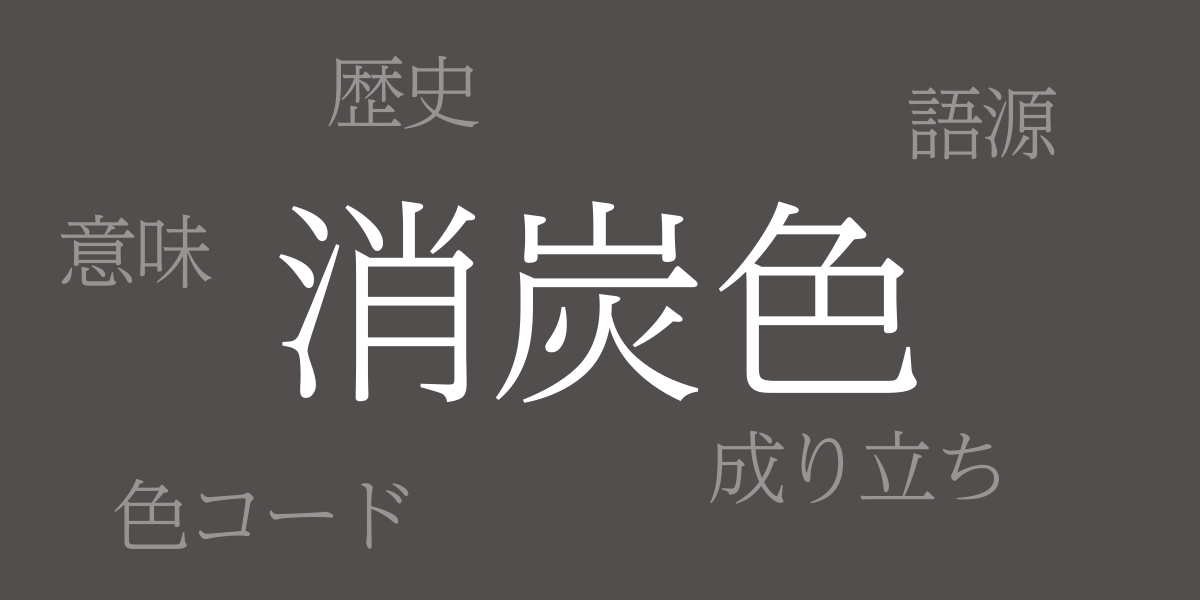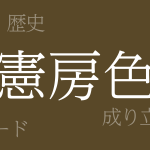Enveloped in deep, quiet shades, “Keshizumiiro (消炭色 – けしずみいろ)” captures a mystical allure intrinsic to Japan’s natural and cultural tapestry. More than just a color, Keshizumiiro continues to captivate many in the realms of fashion, design, and art. This article delves deep into the charm of Keshizumiiro, exploring its history, color codes, and its Western name, shedding light on the profound beauty and significance of this hue.
About Keshizumiiro (消炭色 – けしずみいろ)
Keshizumiiro, reminiscent of extinguished charcoal, is a dark grey close to black, known for its serene and profound depth. It is a staple in various Japanese traditional arts and crafts, symbolizing the essence of the Japanese aesthetic. The color derives from natural dyes, making it an environmentally considerate choice as well.
The History of Keshizumiiro
Keshizumiiro dates back to the Nara period, gaining popularity among Zen Buddhist monks during the Muromachi period, and evolving alongside the unique Japanese aesthetic of tea ceremony culture. By the Edo period, Keshizumiiro had permeated the lives of the common folk, naturally emerging from everyday interactions with hearth ashes and charcoal, embedding itself deeply within the Japanese lifestyle.
Color Codes for Keshizumiiro
To accurately reproduce Keshizumiiro in digital designs and web productions, specific color codes are necessary. Below are the color codes for Keshizumiiro:
- HEX: #524E4D
- RGB: R:82 G:78 B:77
- CMYK: C:72 M:67 Y:65 K:22
Western Name for Keshizumiiro
In Western contexts, Keshizumiiro is often referred to as “Charcoal Gray.” This name, suggestive of the deep grey shades of charcoal, is recognized internationally for its sophisticated impression. It is frequently utilized in interior and fashion design, perfectly suited for creating a modern yet classic ambiance.
Summary of Keshizumiiro
Keshizumiiro, cultivated within Japan’s natural and historical context, evokes a sense of quietude and elegance. Knowing its color codes expands the possibilities in design and artistic expression. Known globally as “Charcoal Gray,” it remains beloved worldwide. Integrating this traditional Japanese color into your daily life can add a new dimension of depth and sophistication.

























